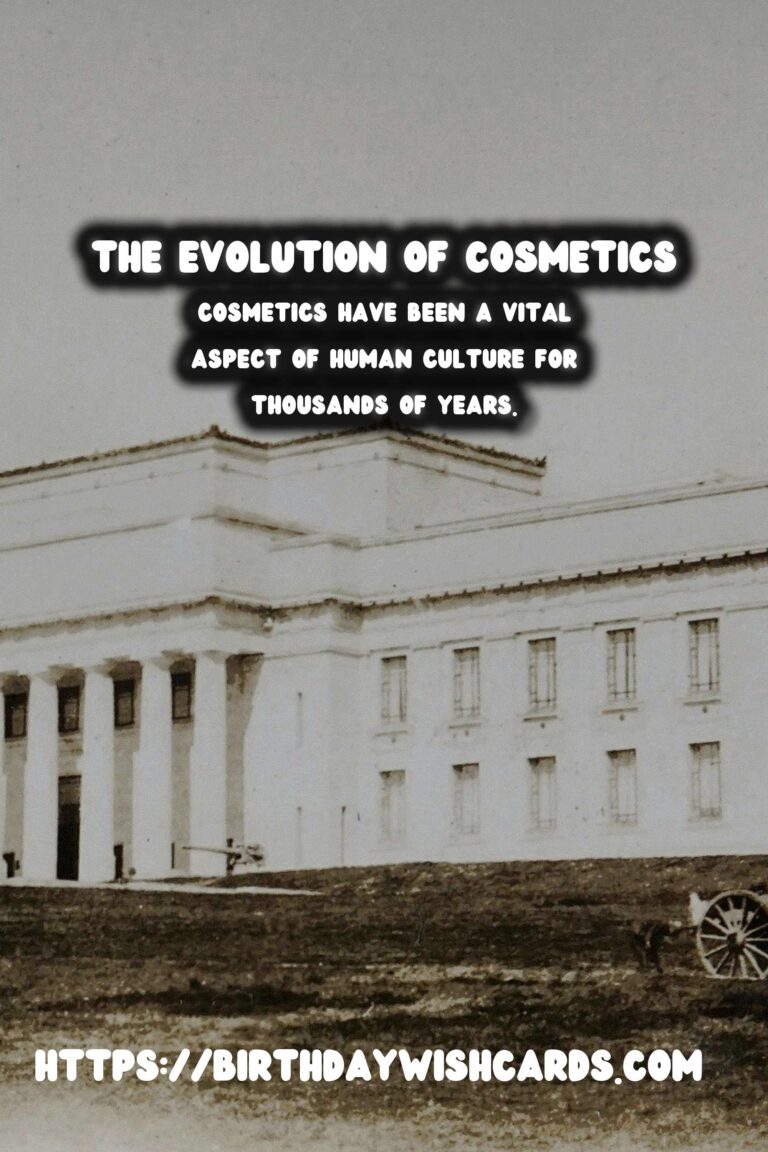
Cosmetics have been a vital aspect of human culture for thousands of years, serving not only as a means for personal beautification but also as a testament to the evolving cultural and social landscapes of societies across the globe. This article delves into the fascinating journey of cosmetics from their origins in Ancient China to their transformation into a massive global industry dominated by modern brands.
The Beginnings in Ancient China
In Ancient China, cosmetics were not mere luxury items; they held significant cultural value and were used for various purposes, including religious rituals and socio-status representation. Records from as early as 3000 BCE indicate the use of rice powder to whiten faces, symbolizing purity and social prestige. Cheek and lip rouges made from plant materials were also popular, echoing the aesthetic values of the time.
Cosmetics in Ancient Civilizations
Beyond China, ancient cultures were equally invested in the development of cosmetic products. The Ancient Egyptians are a prime example, renowned for their eyeliner made from malachite and kohl, which not only served aesthetic purposes but also warded off infections. Similarly, in Ancient Greece and Rome, the use of cosmetics like face creams and powders was widespread, though often met with societal criticism.
The Middle Ages and Renaissance
During the Middle Ages, cosmetics usage waned, partly due to religious constraints that associated adornment with immorality. However, the Renaissance marked a revival in cosmetic application, fueled by the burgeoning ideals of beauty and artistry. Face powders from lead and arsenic were used, albeit with dangerous consequences, signifying a grim side of beauty.
The Evolution of Modern Cosmetics
The 20th century heralded a new era for cosmetics, characterized by significant advancements in both product composition and marketing strategies. The post-war economic boom, coupled with the rise of film and fashion industries, transformed cosmetics into mainstream commodities. Iconic brands like Max Factor, Revlon, and Estee Lauder capitalized on this momentum, revolutionizing the beauty industry with innovative products and glamorous advertising campaigns.
The Role of Technology and Consumer Trends
Fast forward to the 21st century, the role of technology and changing consumer preferences continues to redefine the cosmetic industry. Organic and cruelty-free product lines have burgeoned, responding to the growing demand for environmentally-conscious manufacturing. Moreover, digital platforms and social media have become indispensable tools for brand engagement and consumer interaction.
The Global Dominance of Cosmetic Brands
Today’s cosmetic industry is a multi-billion-dollar domain, led by powerhouse brands like L’Oreal, MAC, and Sephora. These companies invest heavily in research and development to maintain a competitive edge, consistently launching new products that cater to diverse consumer needs across the globe.
Conclusion
From the early rituals of Ancient China to the tech-driven innovations of today, the history of cosmetics is a vibrant narrative of cultural shifts and consumer advancements. As we look to the future, the intersection of technology, sustainability, and diversity will undoubtedly shape the trajectory of cosmetics in new and exciting directions.
Cosmetics have been a vital aspect of human culture for thousands of years. Today’s cosmetic industry is a multi-billion-dollar domain, led by powerhouse brands like L’Oreal and MAC. 
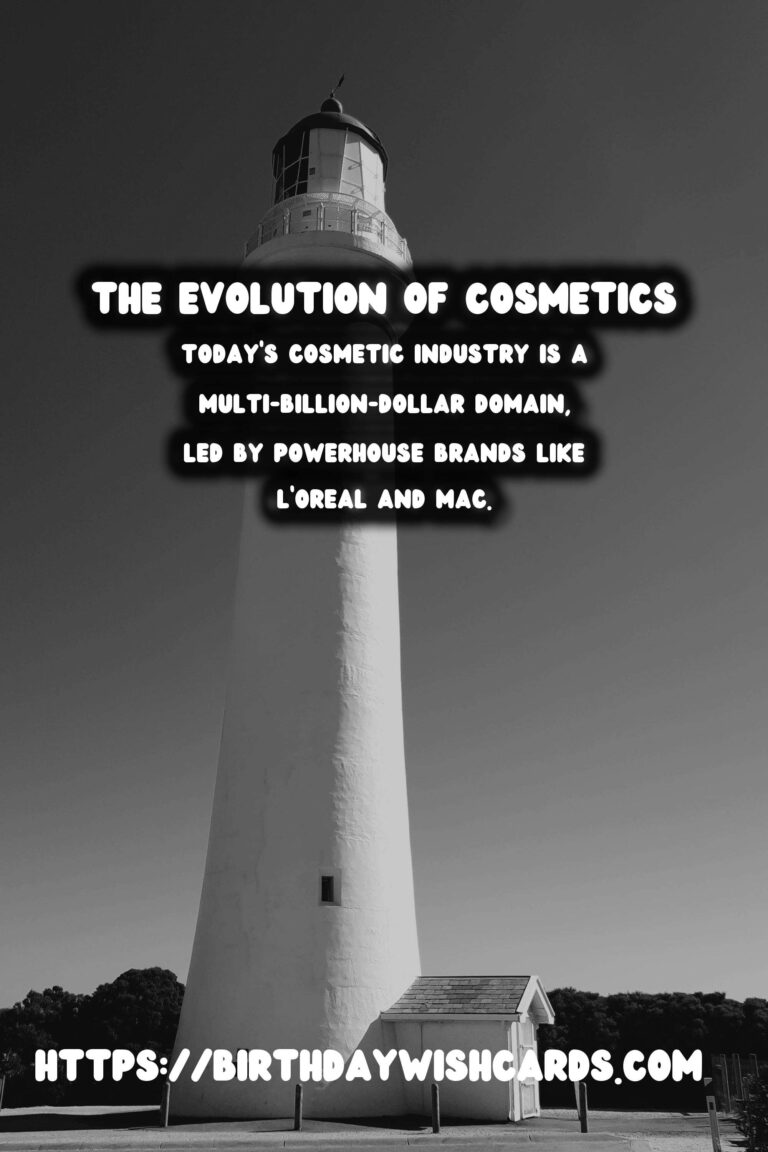
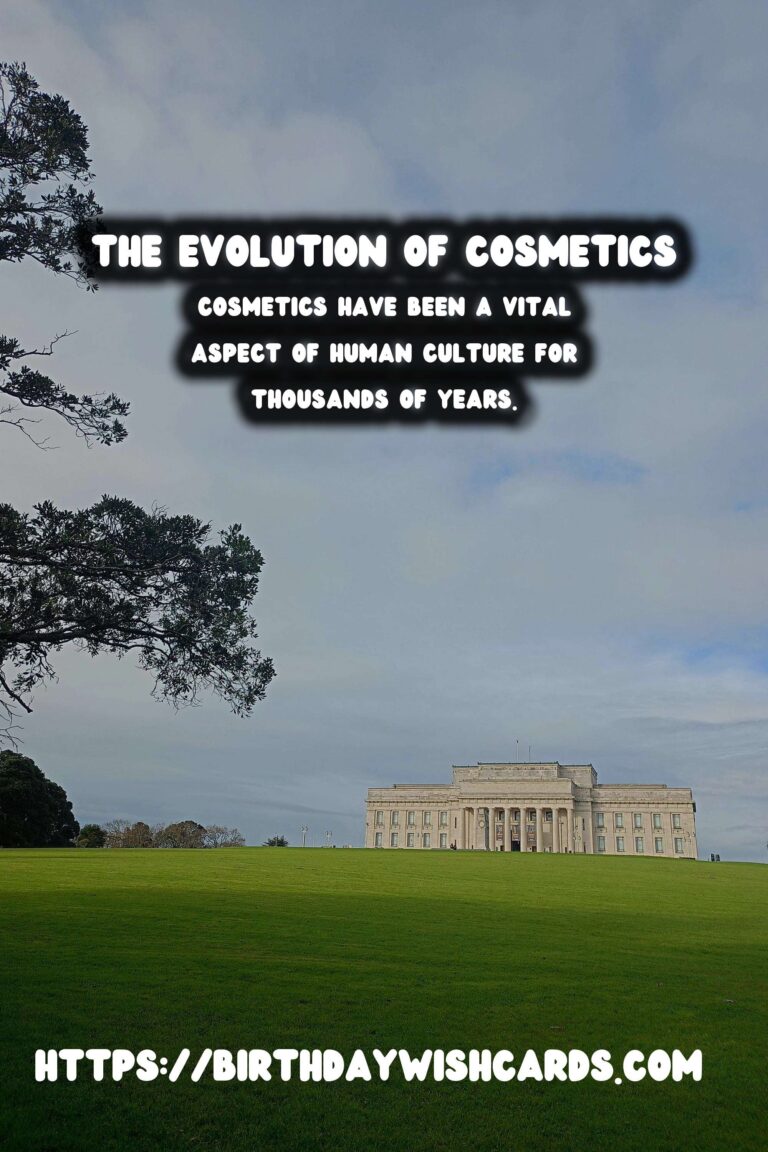
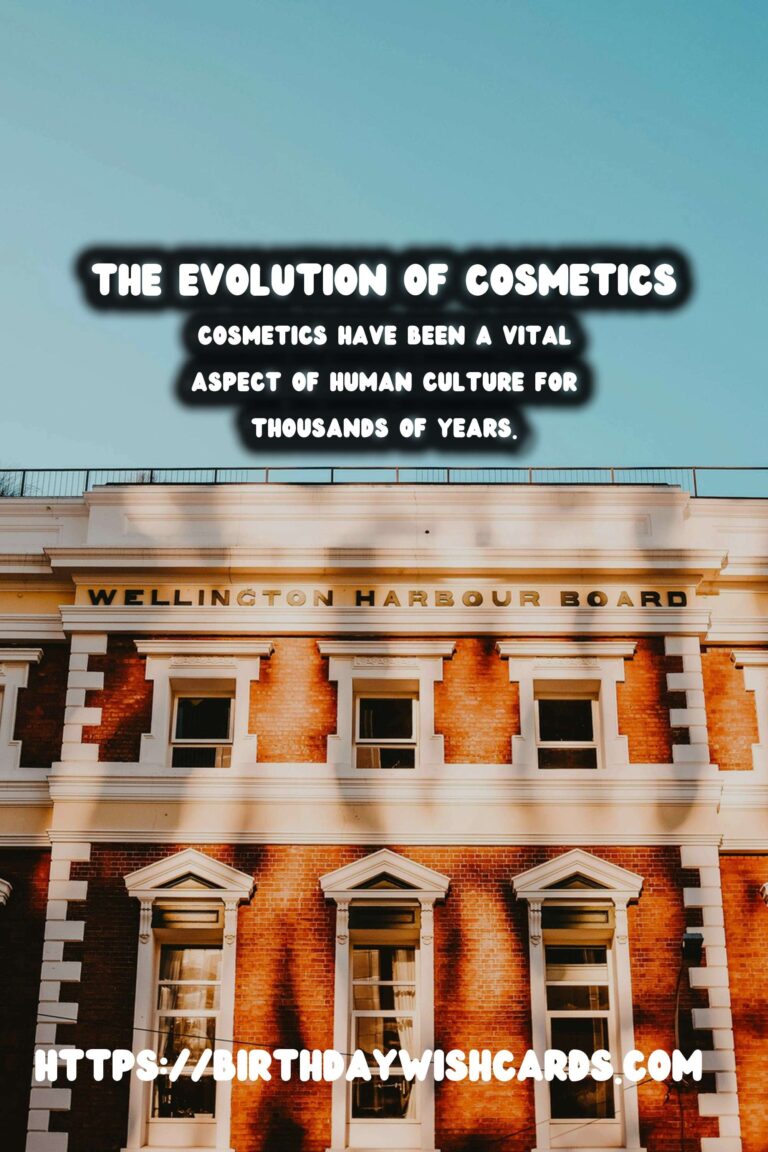
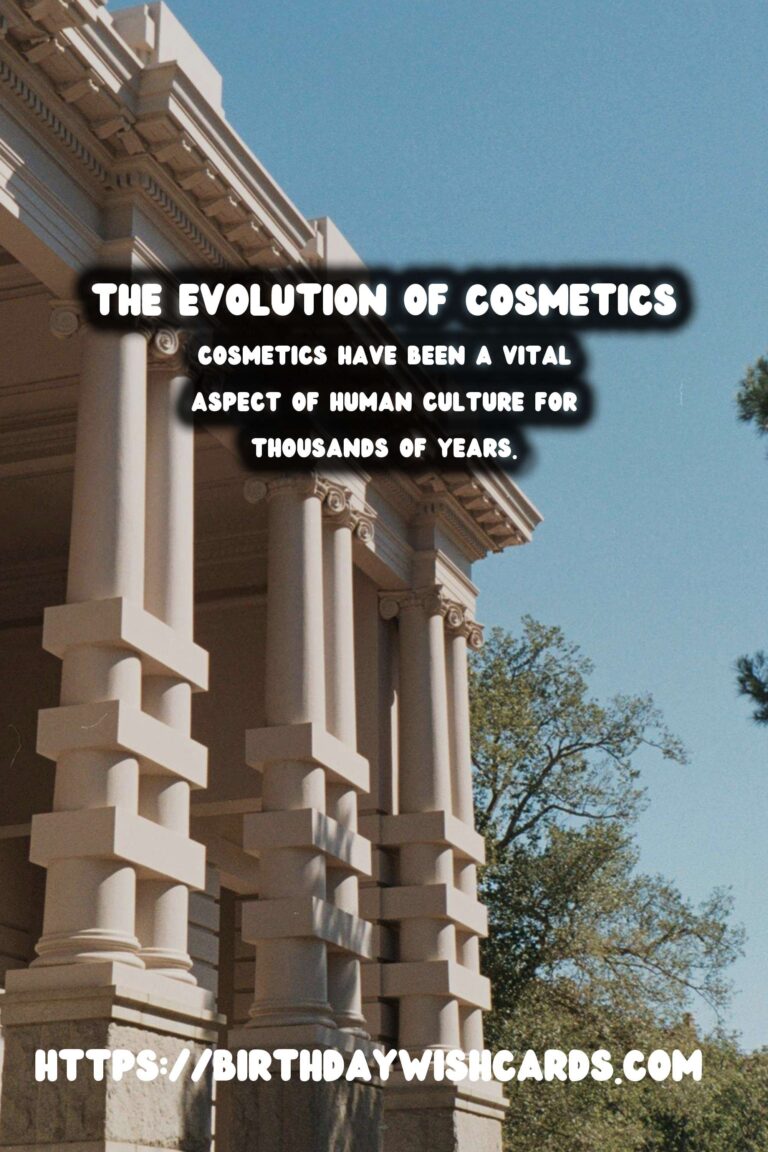
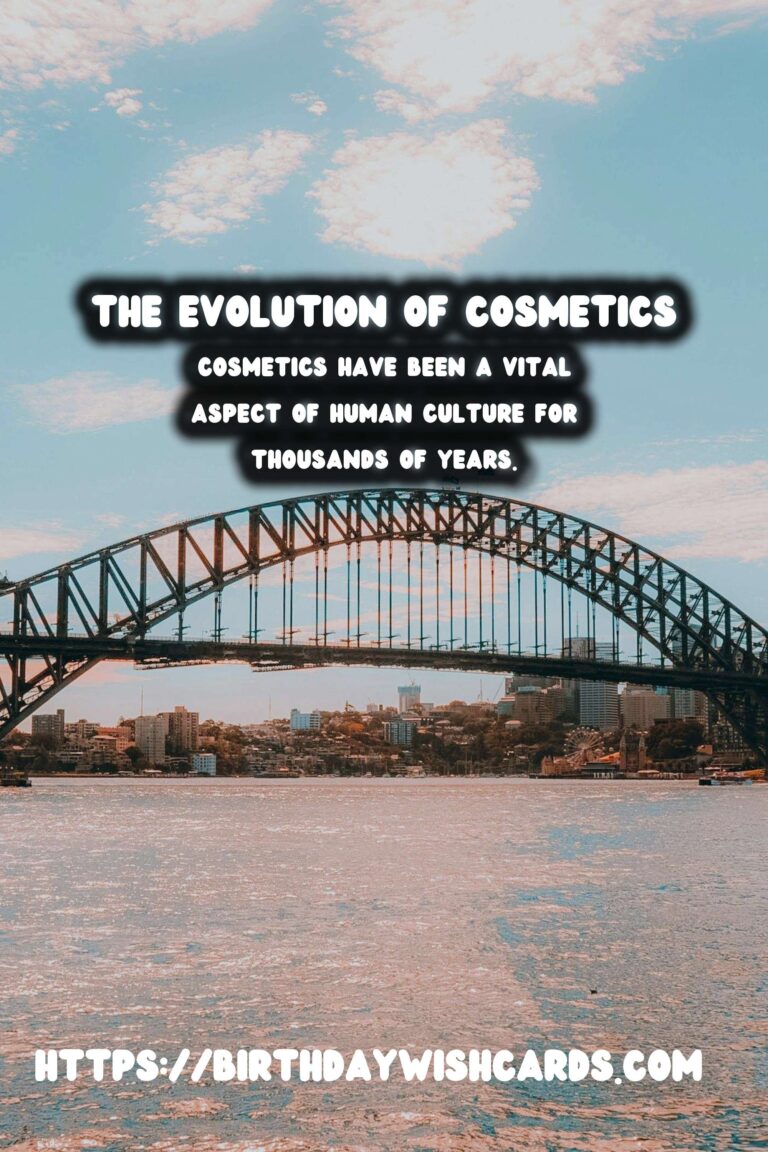
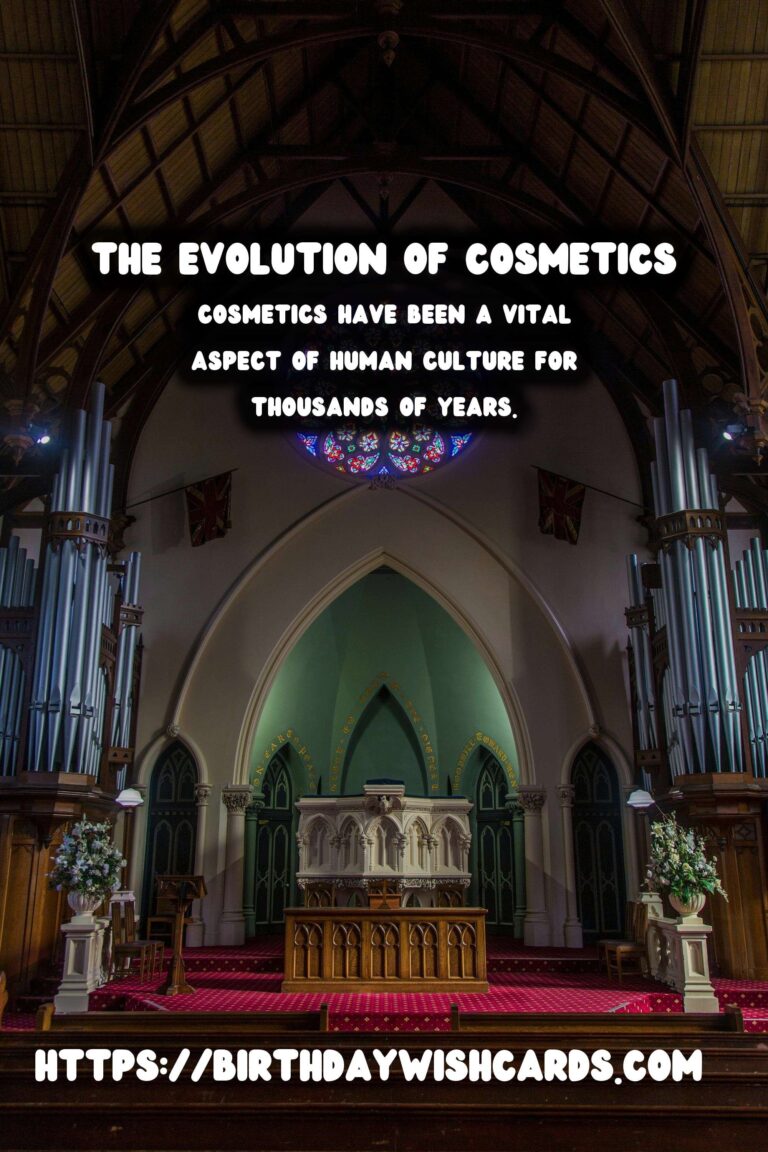
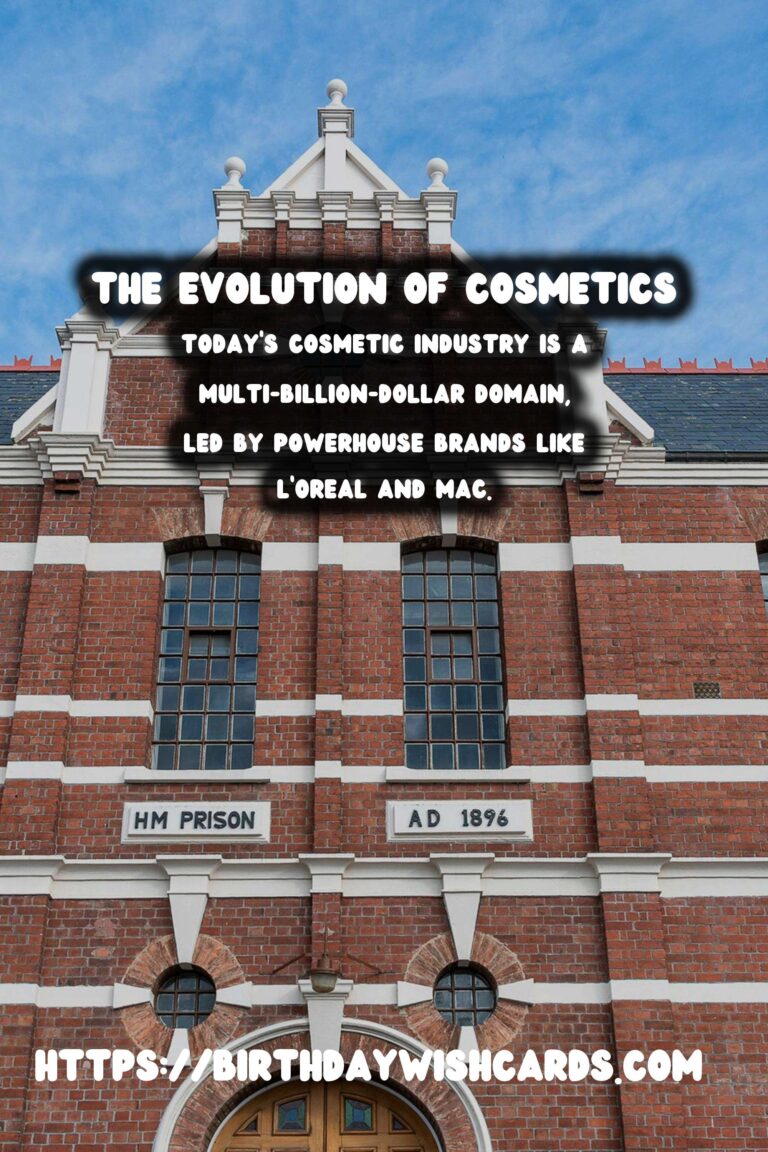
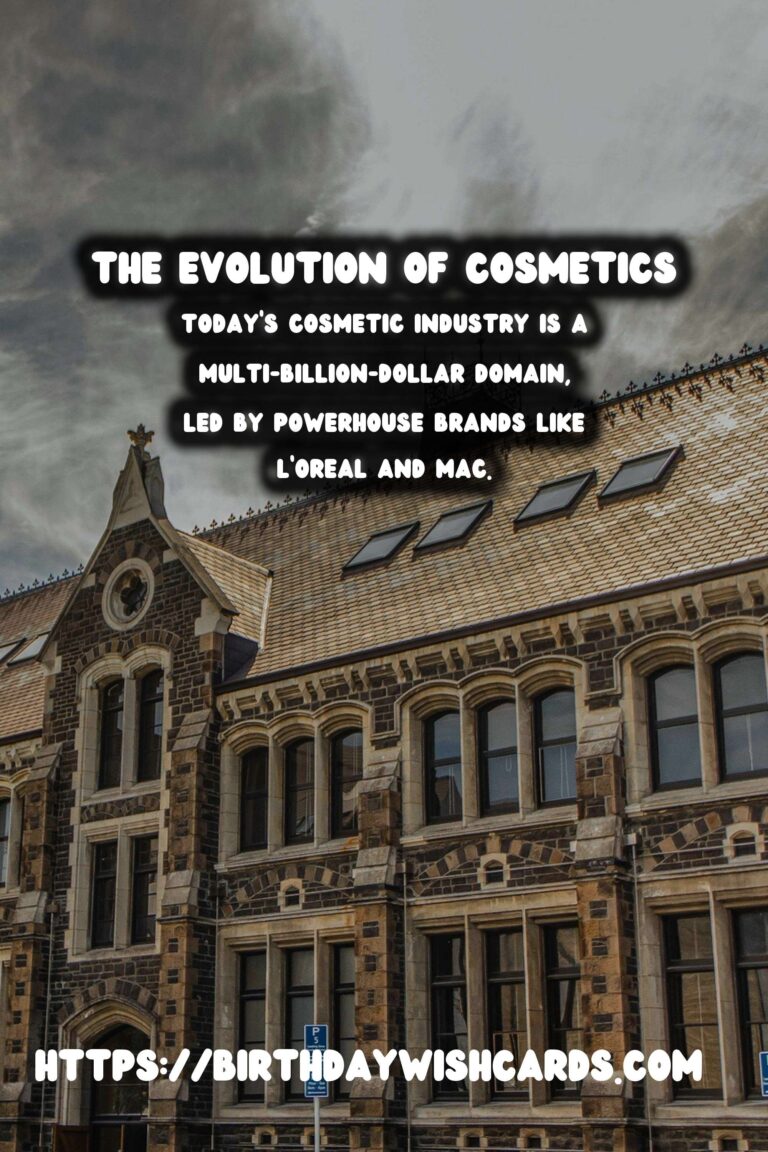
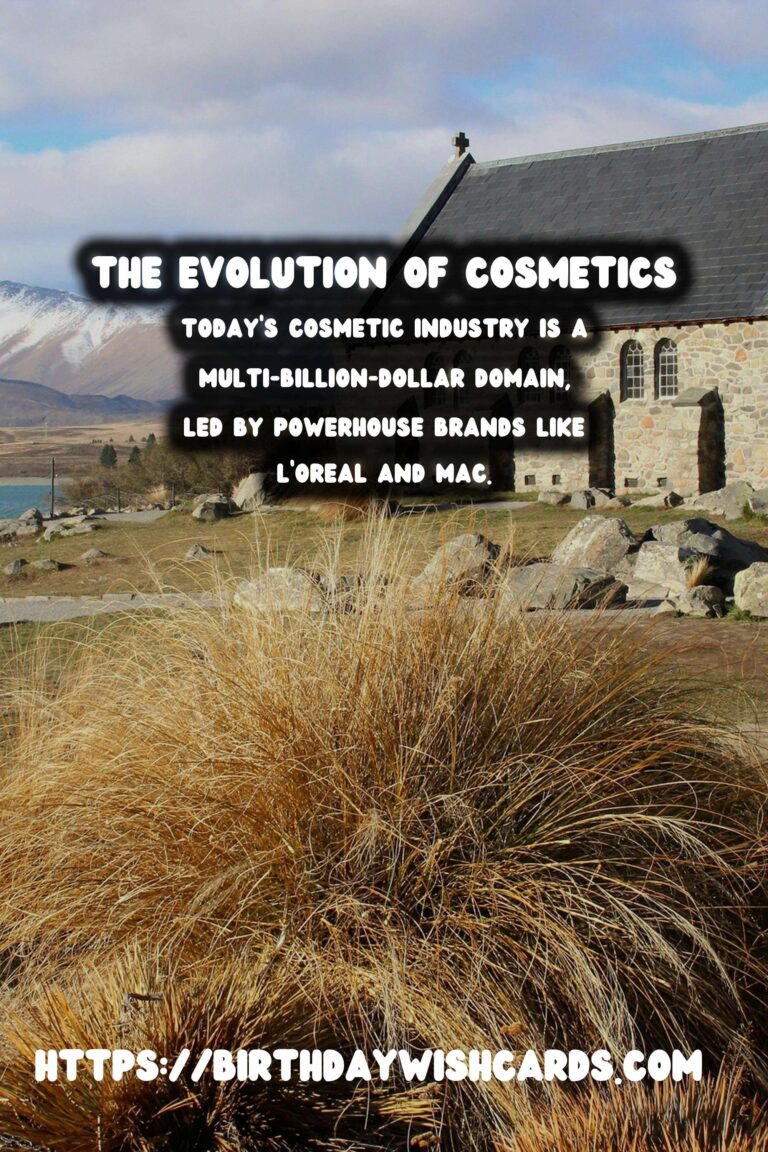
#historyofcosmetics #beautyindustry




